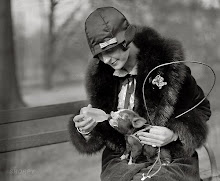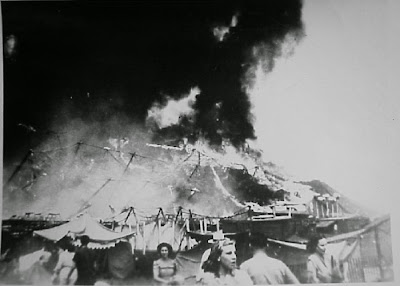"I turned silences and nights into words. What was unutterable, I wrote down. I made the whirling world stand still."
I wrote in my journal several years ago that art is the most pure and sincere form of communication that exists. I had a dream once. In the dream, I would open my mouth to sing, but the words made no sound. I sat at my piano and the keys would not budge. I laced up my pointe shoes, but my legs would buckle so that I could not stand. I picked up a paint brush and the colors muddied the canvas- an indistinguishable mess. Frustrated, I tried to wield a pen, but the bones in my hands shattered- I pushed through, determined, but the ink ran dry- I tore into the page, shredding lines and paper until there was nothing left but pulp.
I feel hopeless sometimes. I fracture when I see a beautiful painting, or a graceful dancer. Something grips, hard, inside my chest, when I hear an incredible piece of music. I think it may be most unbearable when I read Rimbaud. The first time I poured over Le Coeur Supplicié (The Tortured Heart) I needed to know everything about it. It is speculated that Rimbaud authored this piece in response to being raped by a group of soldiers in an alley in Paris.
(excerpt)
"O waves, abracadabrantesque
Take my heart, let it be saved
There will be drinking songs
When they've exhausted their quids
My stomach will heave
If my sad heart is gobbled down
When they've exhausted their quids
How shall we act, o stolen heart?"
He was 16. To feel something so deeply and be able to purge the experience with this incredible piece of literature is...impossible to me. He is unreal- it's like looking at some of Nikola Tesla's ideas, and how effortlessly he made magic, practical.
I wondered, before, if anyone would ever truly know me. But in my frustration, I realized I barely knew myself. I think the most artistic struggle is creation that is incomplete. Feeling like there is always something more you could have done, should have done, to make the thing- "just so". To make it perfect, and a concise conveyance of what it was always meant to be.
I decided to revisit Rimbaud. I had been tirelessly searching the bouquinistes (book stalls) in Paris along the Seine for an ancient copy of his writing, but the weather was miserable and wet, and most of them remained closed. I found this detail about Une Saison en Enfer (A Season in Hell), which he authored after the tumultuous end to his relationship with Verlaine. He locked himself in his loft and cursed, and spat, and wrote, and everything that was his vast array of emotion and reaction is in that piece. He gave the manuscript to his mother to be published. When she read through it, she was entirely perplexed- it was incomprehensible nonsense. So she asked him "What did you mean to say?" and he answered: "I wanted to say what it said, literally and in all the senses".
This anarchic mess of vines creeping over ruins and storms raging at sea- tumultuous clashing of night and day without dusk or dawn to ease into either- it is perfectly imperfect. Art, struggle, connection, communication- a figurative Babel- our punishment for existing and it's the flaws that make it "just so".


